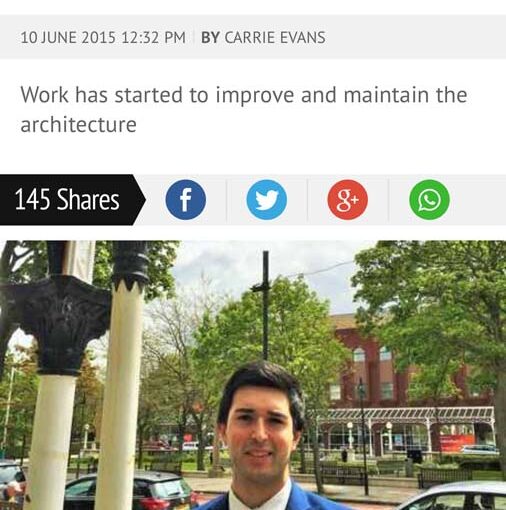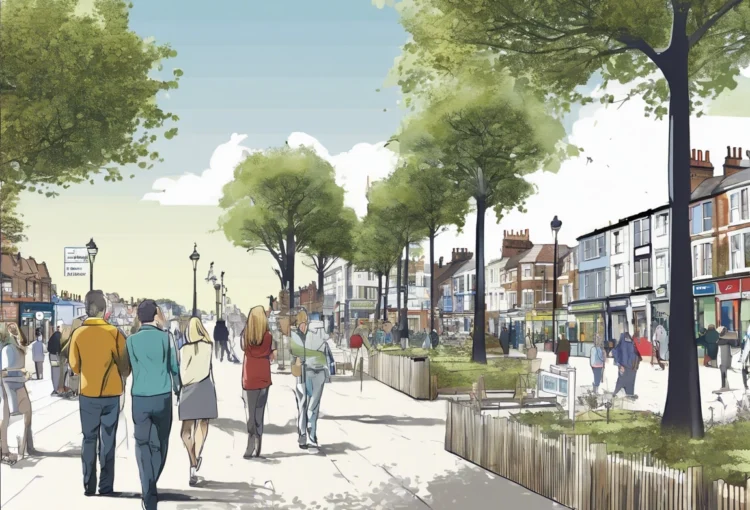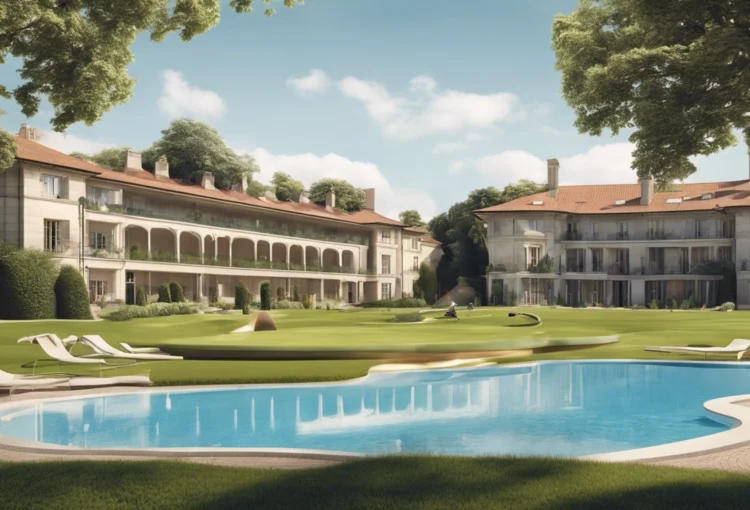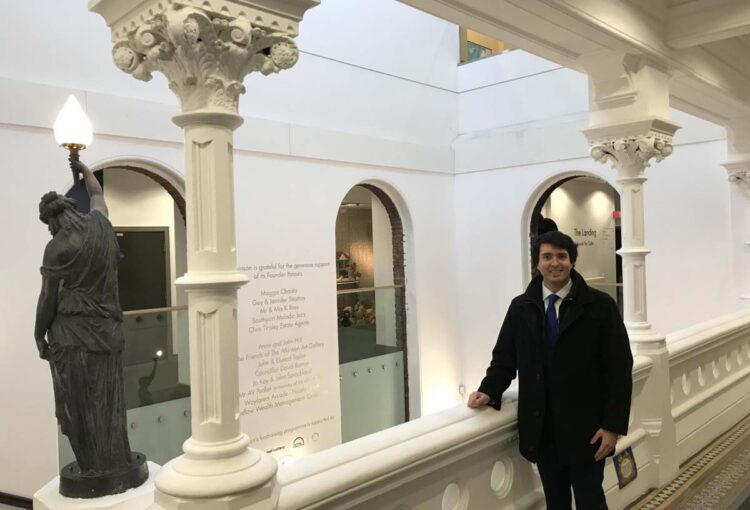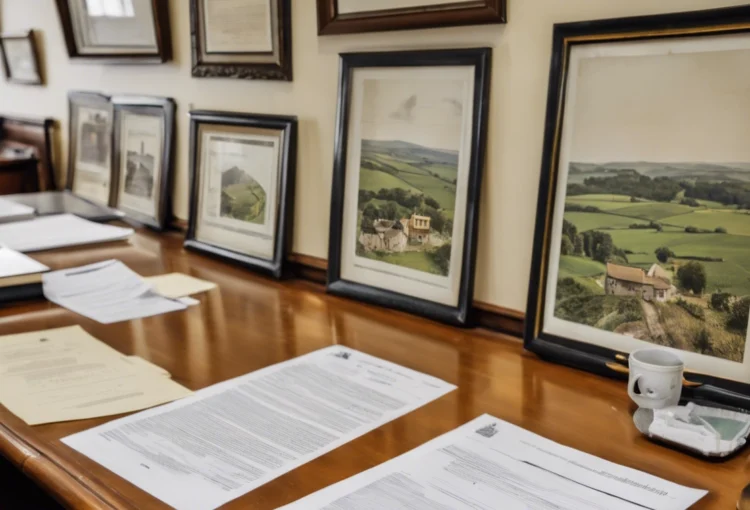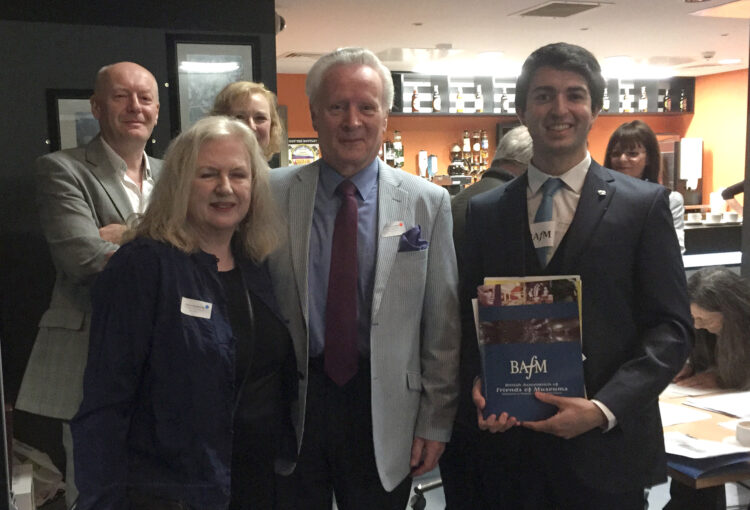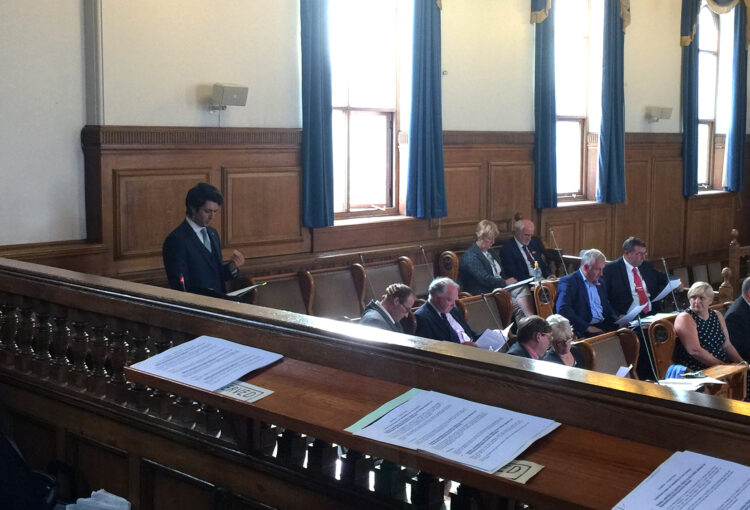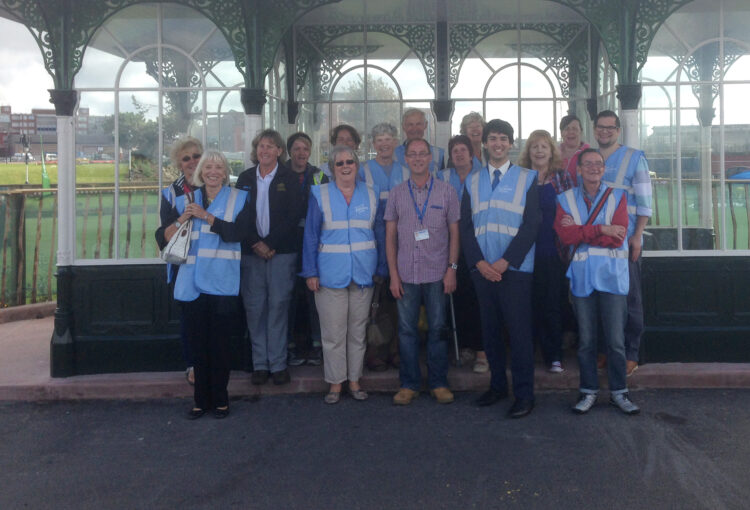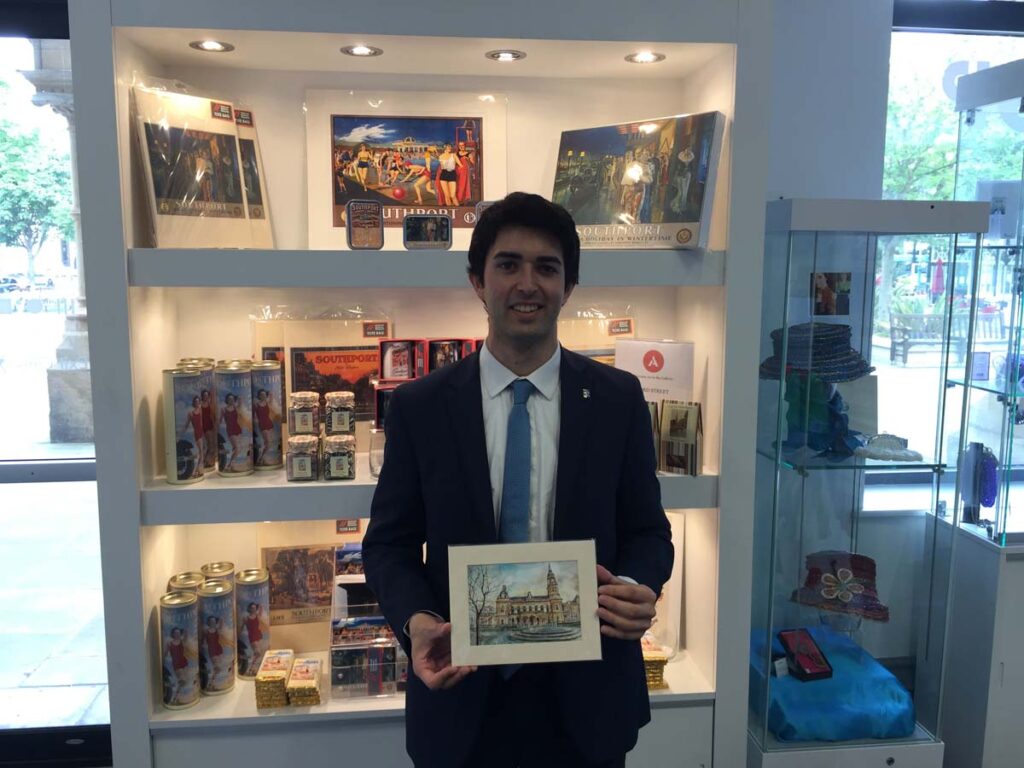
Traditional Vernacular Architecture in the form of housing, commercial buildings and landmark buildings are not just architectural marvels, they are symbols of our social and cultural identity. Landmark buildings can be used to promote social inclusion and comfort, by creating public spaces that are open and accessible to all.
One of the key ways to achieve this is through the design of the building itself. Landmark buildings can be designed to be welcoming spaces, with comfortable seating areas, public art installations and green spaces that encourage people to spend time in and around the building. In addition, they should be designed with the needs of all members of the community in mind, including those with disabilities, the elderly, and families with young children.
Another important factor in promoting social inclusion and comfort is the programming of the building. By hosting a range of events and activities, such as talks, exhibitions, and performances that are open to everyone, landmark buildings can become vibrant community hubs, bringing people together and promoting a sense of belonging.
Finally, landmark buildings must embrace technology to become truly inclusive. With digital platforms and smart building technologies, landmark buildings can enhance accessibility, provide information, and facilitate communication and engagement with the wider community.
Overall, landmark buildings have the potential to be powerful agents of social inclusion and comfort, where everyone feels welcome and connected to their community. Through thoughtful design, programming, and technology, these buildings can foster a sense of community and belonging that transcends social, economic and cultural barriers.

